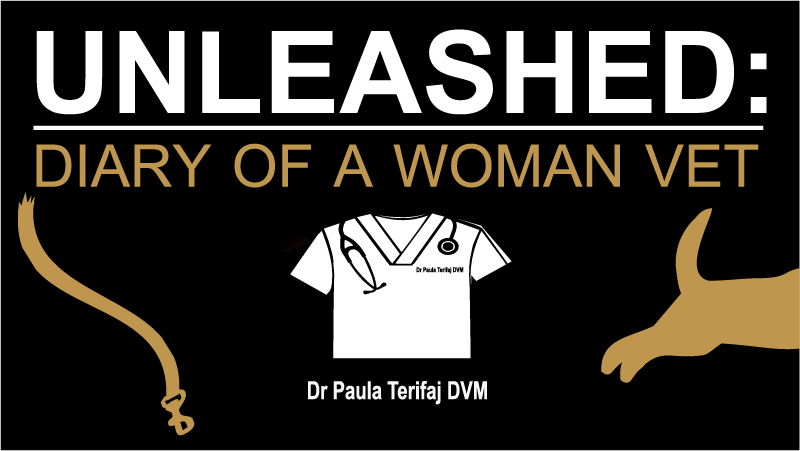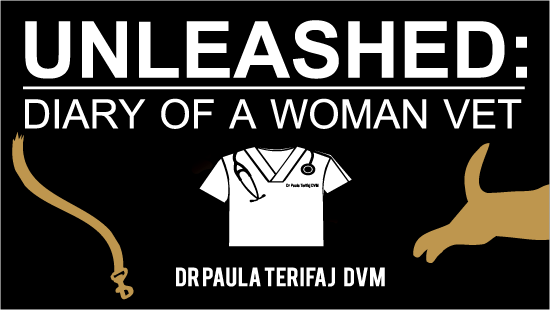When I was in general practice, my office staff mailed out yearly wellness plans. So, as a client, you would not find the typical vaccine reminder postcard in your mailbox. My focus was the health and wellbeing of my patients. During these appointments, we checked the pet’s weight, did oral exams looking for periodontal disease, asked general health questions, and often made recommendations with regards to diet and exercise. I did not follow the ‘one size fits all’ vaccine protocol many of my colleagues promoted. Among this veterinary crowd, I’d never win a popularity contest. But to my clients, I was the best vet around. I simply told the truth. When vaccine questions popped up, I recommended vaccine titers. Positive titers were proof positive the immune system did its job. Antibodies would search and destroy viral invaders. Remarkably, these antibodies can last a lifetime. Some vets will recommend repeat titers every three to four years to ensure protection. I could support that decision for peace of mind. However, I never felt the need to repeat the testing after age 8 years. Old dog syndrome was now on my radar.
Titer testing can be done as young as 2 weeks after the final booster shot is given at 16 weeks of age. However, it is most practical to wait until the puppy makes it to his one-year birthday party. Now, as an adult dog with a positive titer, I stressed the importance of yearly checkups. It’s no doubt that unnecessary vaccines aren’t good for the pocketbook, but the biggest hit is the potential harm they may do. Vaccines have been recognized to kick off deadly autoimmune diseases and severe allergic reactions. It’s a game of Russian Roulette.
That’s why it’s so necessary to distinguish between the core and non-core vaccines. Your vet would need to justify any vaccine on the non-core list:
- Core vaccines
- Canine distemper virus
- Rabies
- Canine parvovirus
- Canine adenovirus
- Non-core vaccines
- Leptospirosis
- Canine parainfluenza virus
- Bordetella bronchiseptica
- Canine influenza virus
- Lyme disease
Think of it like this. A hunting dog retrieving waterfowl from a lake faces different risks than a housebound 10-pound Chihuahua. Not to mention it can be difficult to train these rug rats. So, whereas the former may be well-advised to be vaccinated against leptospirosis — a water-borne infection, the modern-day house dog will never see that virus.
Since I like to have the last word, here goes. Titer testing for Distemper, Parvo and the Adenovirus (called the DHP vaccine) has become the gold standard. All veterinary hospitals have the capability to test your pet’s blood for antibodies. In adult dogs, this option should be the number one recommendation. Failure to offer titer testing is a red flag! My last word comes with a warning: More and more veterinary hospitals have been swallowed up by corporate America. Sadly, it’s a trend my profession first recognized more than 40 years ago. The VCA’s and Banfield’s far outnumber privately owned practices – at least that is true for California. These white coats follow lucrative protocols. It pays to be a wise vaccine skeptic.
Side note: At the time of this writing, titers for the Rabies vaccine are not accepted. Unfortunately, the law is way behind the science. However, in the span of my career, the requirement for a yearly rabies vaccine was modified to be repeated every 3 years. Make sure your vet is issuing your dog a 3-year certificate.

BOOK LAUNCHED!
There is always a why and here's mine.
I'm confident that I've packed these pages with knowledge that will positively impact your pet's life. Learn how to reduce costs for veterinary care - keeping your pet healthy and living longer. That is my why.






